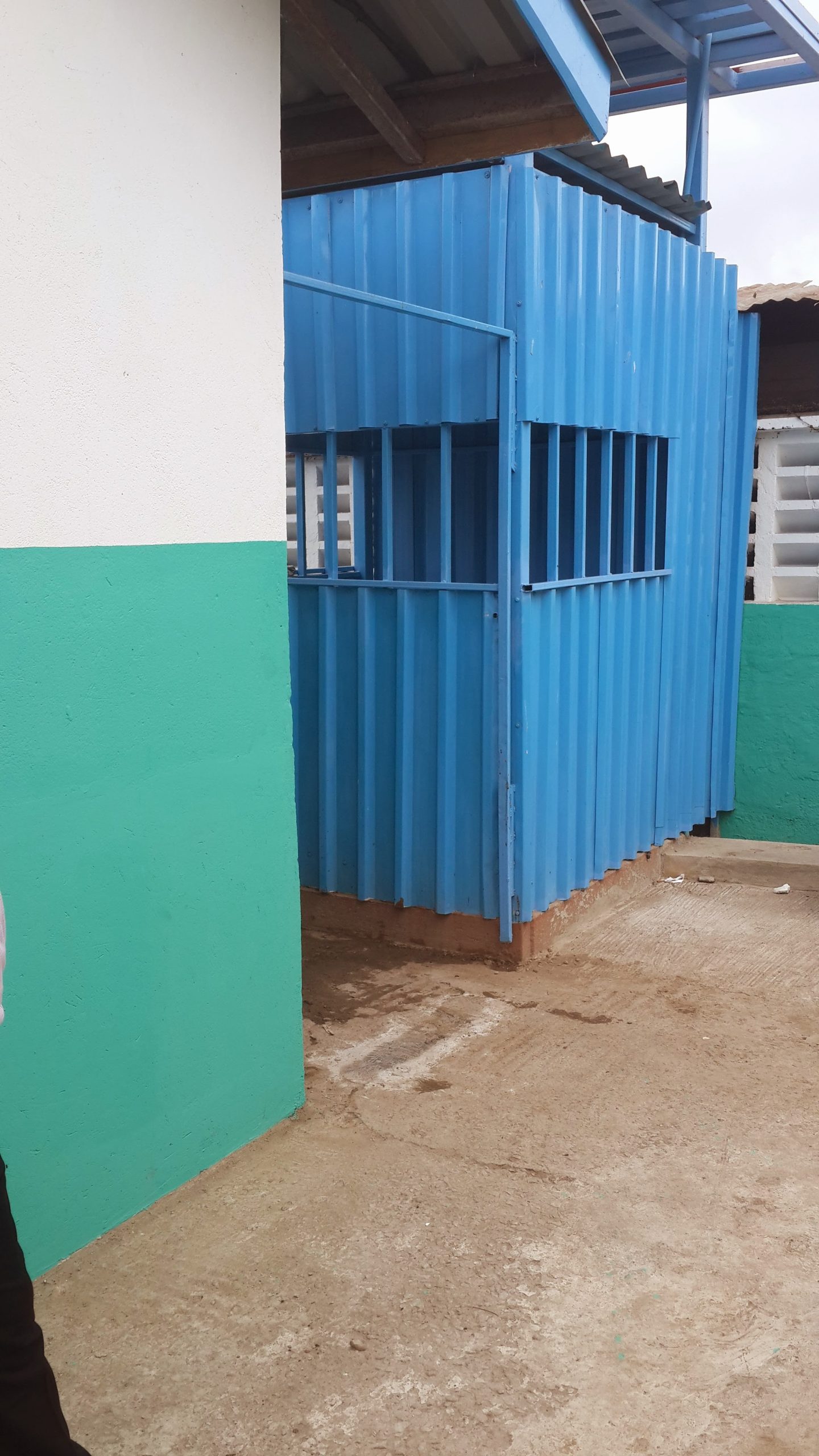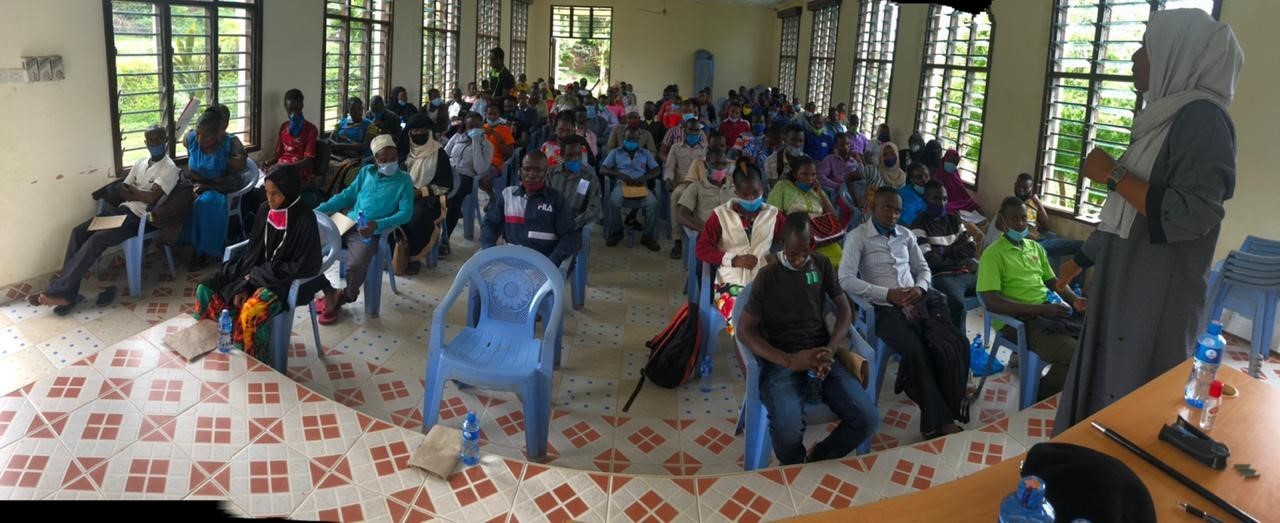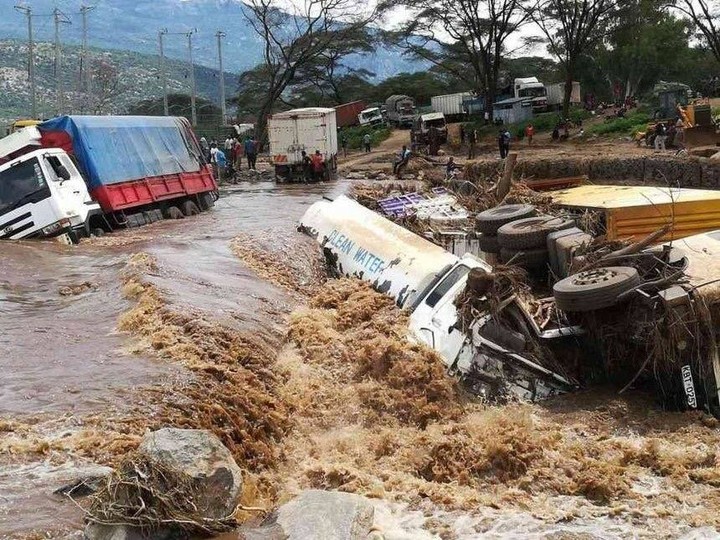Flooding in Mombasa; Mombasa, Kenya’s coastal city, has recently faced devastating floods, displacing families and disrupting daily life. These events highlight the urgent need for effective flood management and climate resilience strategies.
In this article, we’ll delve into the causes of Mombasa’s flooding, the impact on its residents, and how Maji na Ufanisi (MnU) is implementing sustainable solutions to empower communities and mitigate future climate shocks.
Understanding Mombasa’s Flooding Crisis
The Immediate Impact
Heavy rains have led to widespread flooding in Mombasa, affecting areas like Kongowea, Likoni, and Nyali. Homes and businesses have been submerged, roads rendered impassable, and residents forced to evacuate.

Underlying Causes
Several factors contribute to Mombasa’s flooding:
- Inadequate Drainage Systems: Aging and poorly maintained drainage infrastructure fails to cope with heavy rainfall.
- Urbanization: Rapid development has led to the loss of natural water absorption areas, increasing surface runoff.
- Climate Change: Rising sea levels and unpredictable weather patterns exacerbate flooding risks.
Maji na Ufanisi’s Role in Building Climate Resilience
Maji na Ufanisi (MnU) is a Kenyan NGO dedicated to improving water, sanitation, and hygiene (WASH) services. In Mombasa, MnU has implemented several initiatives to address flooding and build community resilience.
Community-Based Drainage Projects
MnU collaborates with local communities to identify and address drainage issues. By involving residents in planning and implementation, solutions are tailored to specific needs, ensuring sustainability.
Youth Engagement and Employment
Through the Water, Sanitation, and Hygiene Enterprise Model (WASHEM), MnU rehabilitated 60 public toilets in Kongowea market, handing them over to youth groups for management. This initiative not only improved sanitation but also created employment opportunities.

Advocacy and Policy Influence
MnU actively engages with policymakers to advocate for better water and sanitation policies. By presenting evidence-based research and highlighting community challenges, MnU influences policy decisions that lead to improved infrastructure and services.
Collaborative Efforts: Mombasa City Lab
In December 2023, the County Government of Mombasa, in partnership with the Covenant of Mayors in Sub-Saharan Africa (CoM SSA), launched the Mombasa City Lab. This initiative aimed to develop sustainable solutions to urban flooding through community engagement and expert collaboration.
Key activities included:
- Flood Risk and Vulnerability Assessment: Providing data-driven analysis to understand the scale and root causes of urban flooding.
- Community Workshops: Bringing together government representatives, local experts, and community members to design practical interventions.
The result was the adoption of a Flood Management Strategy, institutionalized within the county’s governance framework to ensure long-term impact.
Sustainable Water Management Solutions
MnU promotes various sustainable water management practices to mitigate urban flooding:
Green Infrastructure: Implementing rain gardens, permeable pavements, and green roofs to absorb rainwater and reduce runoff.
- Rainwater Harvesting: Collecting and storing rainwater for non-potable uses, reducing pressure on drainage systems.
- Wetland Restoration: Restoring natural wetlands to act as buffers against floods, absorbing excess water during rainstorms.
These solutions not only address flooding but also enhance urban biodiversity and improve air quality.
Empowering Communities Through Education

MnU emphasizes the importance of community education in building climate resilience. By conducting workshops and training sessions, residents learn about sustainable practices, proper waste disposal, and the maintenance of green infrastructure.
This empowerment ensures that communities are not only beneficiaries but active participants in creating a resilient urban environment.
The recent floods in Mombasa underscore the urgent need for sustainable, community-driven solutions to climate challenges. Maji na Ufanisi’s initiatives demonstrate the power of local engagement, innovative practices, and policy advocacy in building resilient cities.
By empowering communities and fostering collaboration, Mombasa can transform from a city vulnerable to climate shocks to a model of resilience and sustainability.
FAQs
- What causes flooding in Mombasa?
Heavy rainfall, inadequate drainage systems, urbanization, and climate change contribute to flooding.
- How does MnU help mitigate flooding?
MnU implements community-based drainage projects, promotes sustainable water management, and advocates for policy changes.
- What is the Mombasa City Lab?
A collaborative initiative launched in 2023 to develop sustainable solutions to urban flooding through community engagement.
- How does green infrastructure help?
It absorbs rainwater, reduces runoff, and enhances urban biodiversity, mitigating flood risks.
- What is WASHEM?
Water, Sanitation, and Hygiene Enterprise Model—a MnU initiative that rehabilitates public sanitation facilities and hands them over to youth groups for management.
- How does MnU engage with policymakers?
By presenting research and community challenges to influence policies for improved infrastructure and services.
- What role does community education play?
It empowers residents with knowledge and skills to maintain sustainable practices and infrastructure.
- How can individuals support MnU’s efforts?
Through donations, volunteering, and participating in community initiatives.
- What are the benefits of rainwater harvesting?
It reduces pressure on drainage systems and provides water for non-potable uses.
- Why is wetland restoration important?
Wetlands act as natural sponges, absorbing excess water during rainstorms and reducing flood risks.



